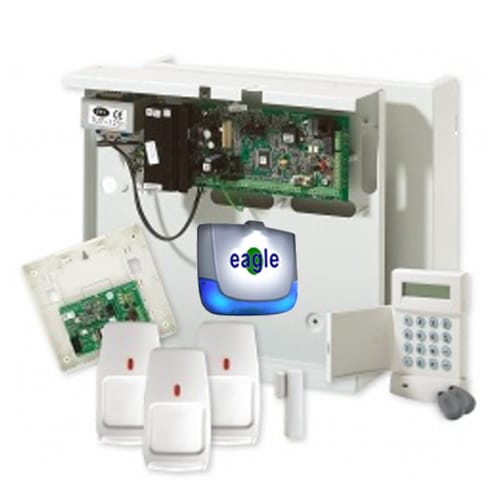

Choose amplitude or magnitude level estimator. Skip frames below estimated noise level to reduce cpu load. Set minlevel automatically based on average estimated noise. Minimum SNR to determine pulses (1.0 to 99.0). Manual minimum detection level used to determine pulses (-1.0 to -99.0). Manual detection level used to determine pulses (-1.0 to -30.0) (0=auto). Add a general purpose decoder (prepend -R 0 to disable all decoders) Specify a negative number to disable a device decoding protocol (can be used multiple times) Enable only the specified device decoding protocol (can be used multiple times) Correct rtl-sdr tuner frequency offset error (default: 0) Hop interval for polling of multiple frequencies (default: 600 seconds) Receive frequency(s) (default: 433920000 Hz) for SoapySDR -t "antenna=A,bandwidth=4.5M,rfnotch_ctrl=false"įor RTL-SDR use "direct_samp", "offset_tune", "digital_agc", "biastee" apply a list of keyword=value settings to the SDR deviceĮ.g. v : verbose notice, -vv : verbose info, -vvv : debug, -vvvv : trace. Increase verbosity (can be used multiple times).

How to add support for unsupported sensors On Debian (sid) or Ubuntu (19.10+), apt-get install rtl-433 for other distros check ĭocker images with rtl_433 are available on the github page of hertzg. Systems with 32-bit i686 and 64-bit x86-64 as well as (embedded) ARM, like the Raspberry Pi and PlutoSDR are well supported. Low resource consumption and very few dependencies allow rtl_433 to run on embedded hardware like (repurposed) routers. Older compilers and toolchains are supported as a key-goal. Rtl_433 is written in portable C (C99 standard) and known to compile on Linux (also embedded), MacOS, and Windows systems. The official source code is in the repository.įor more documentation and related projects see the site.Īctively tested and supported are Realtek RTL2832 based DVB dongles (using RTL-SDR) and LimeSDR ( LimeSDR USB and LimeSDR mini engineering samples kindly provided by MyriadRf), PlutoSDR, HackRF One (using SoapySDR drivers), as well as SoapyRemote. Rtl_433 (despite the name) is a generic data receiver, mainly for the 433.92 MHz, 868 MHz (SRD), 315 MHz, 345 MHz, and 915 MHz ISM bands.


 0 kommentar(er)
0 kommentar(er)
